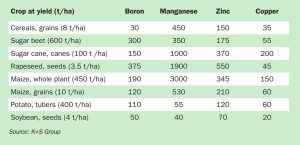
Europe’s sulphur troubles
While the events of the past few years have been difficult for Europe on many fronts, including a wholesale realignment of its energy sources with the restriction of access to Russian oil and gas, the effect on Europe’s sulphur production seems likely to be just as profound.









